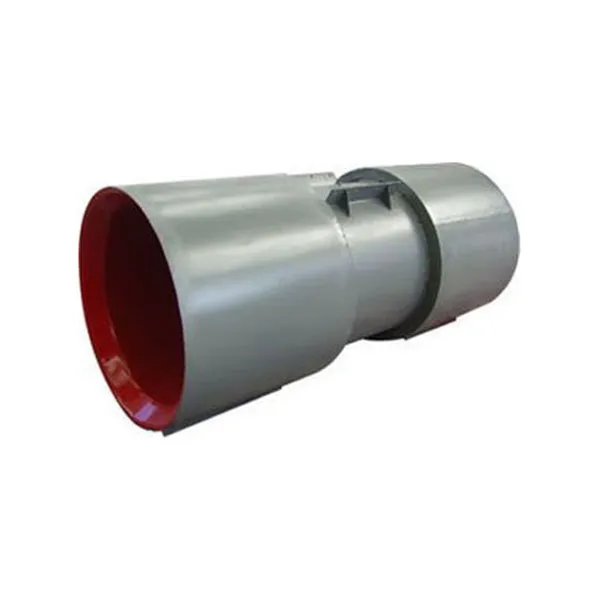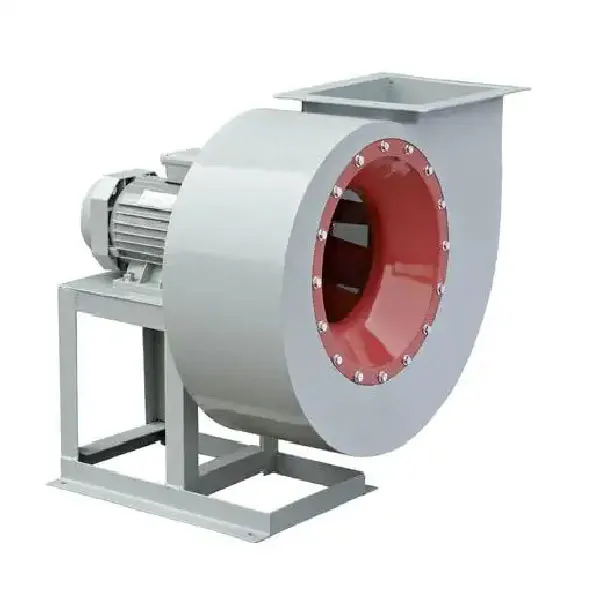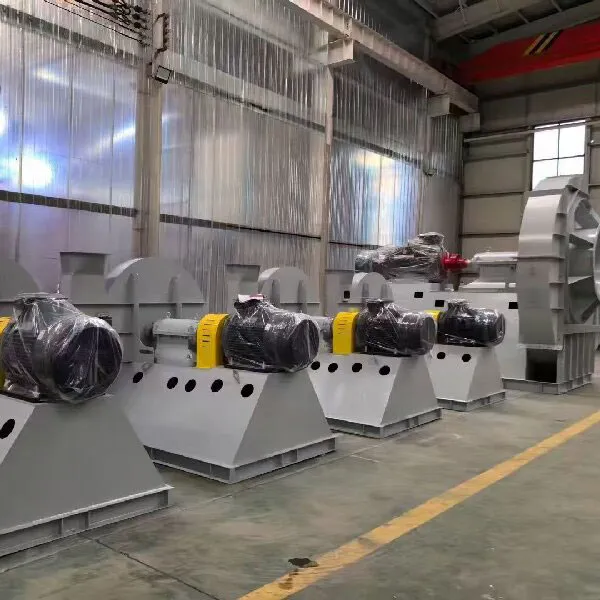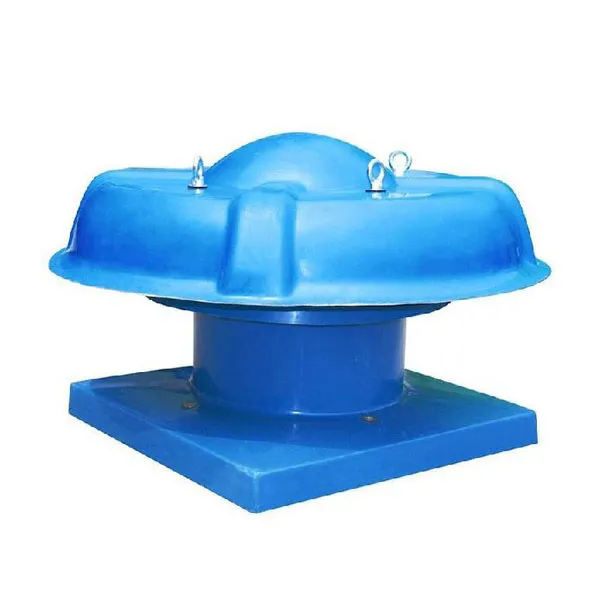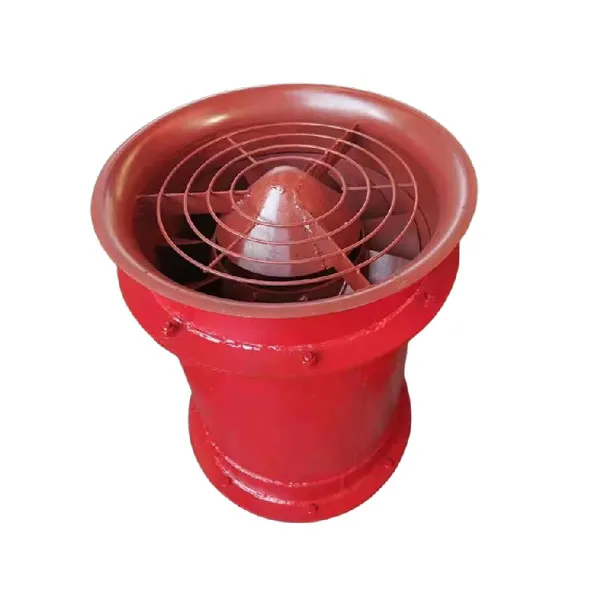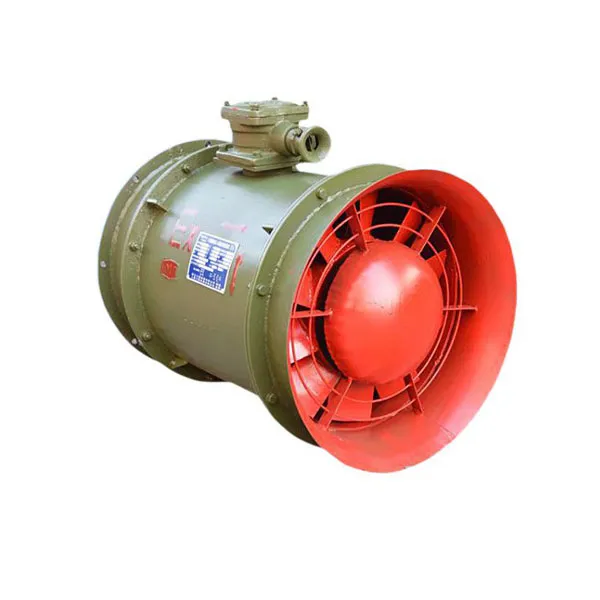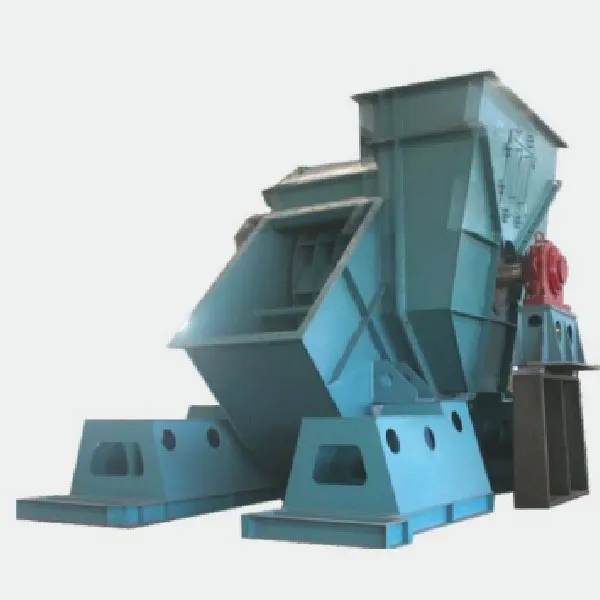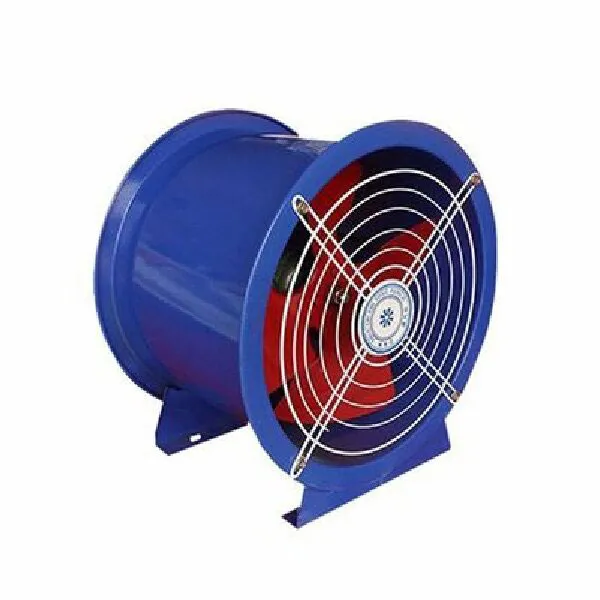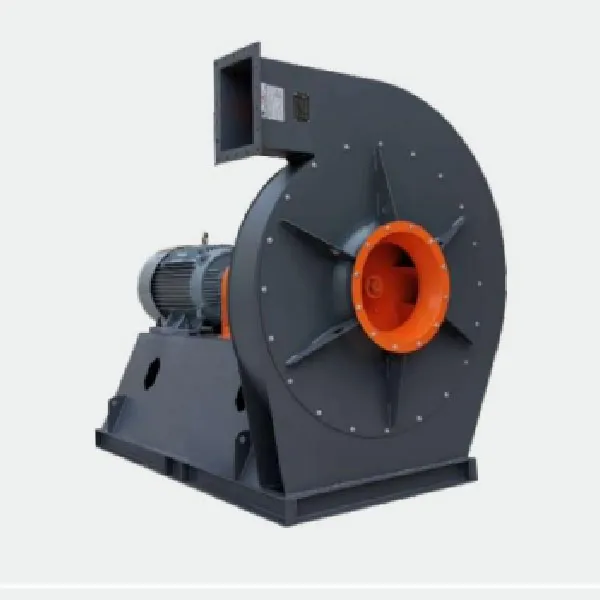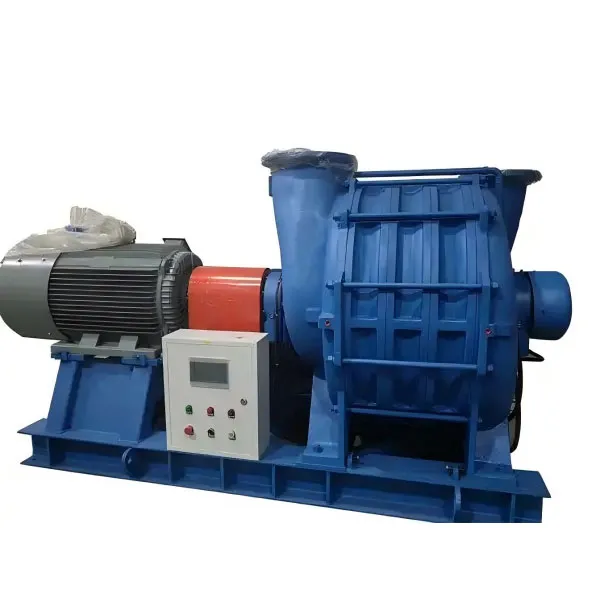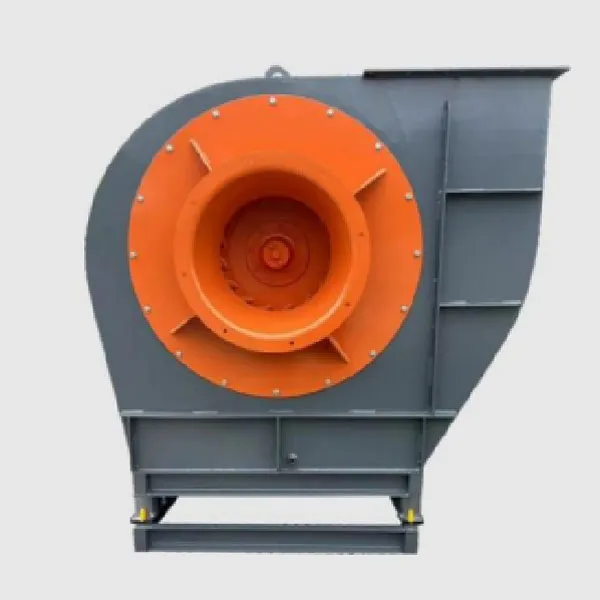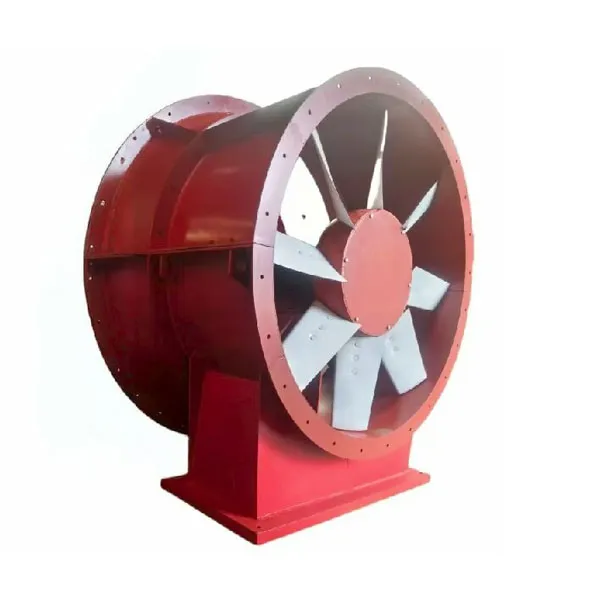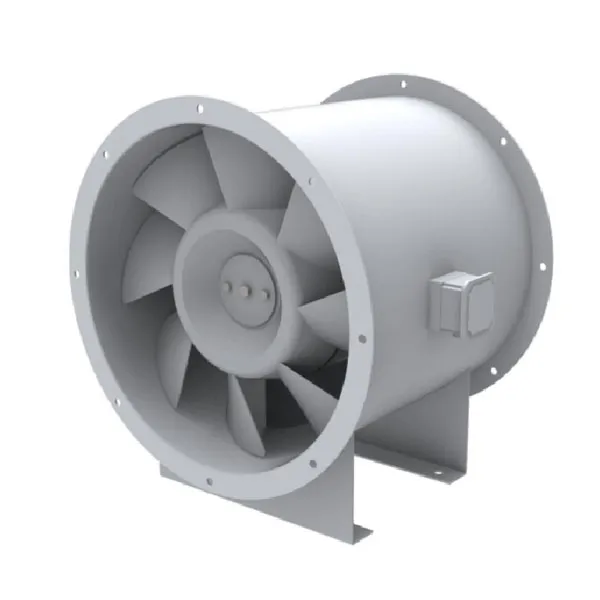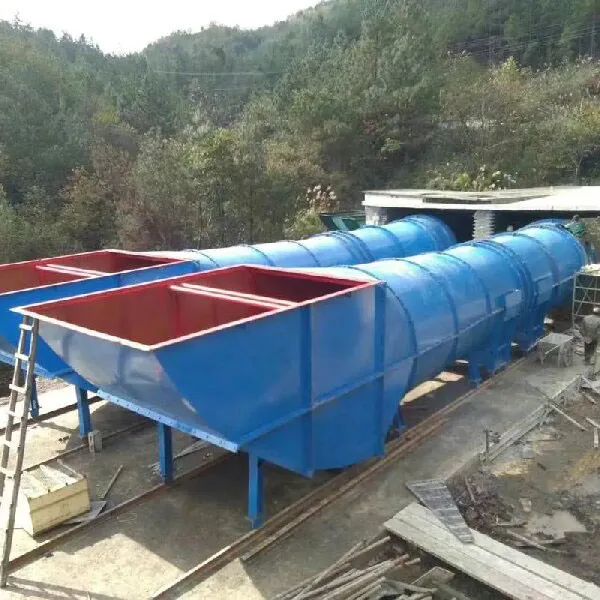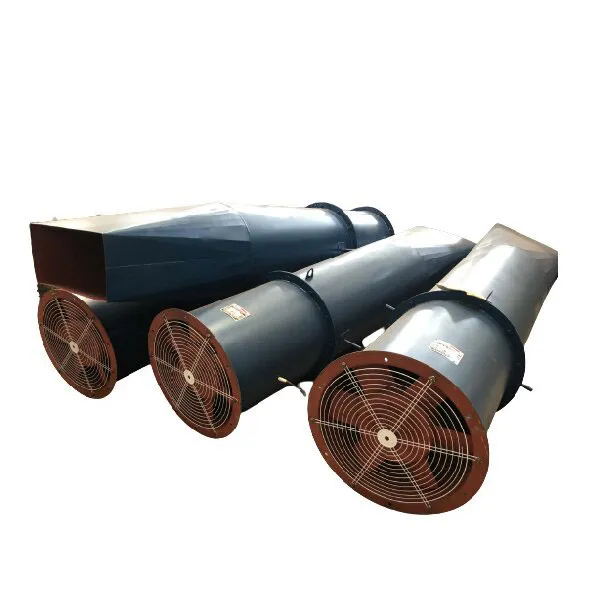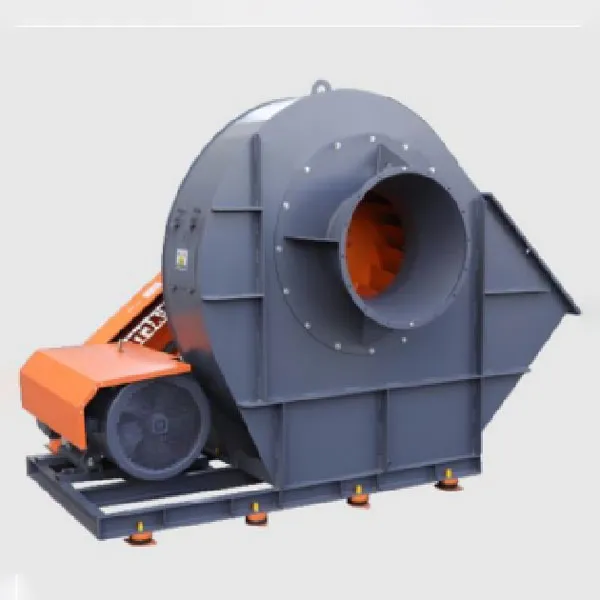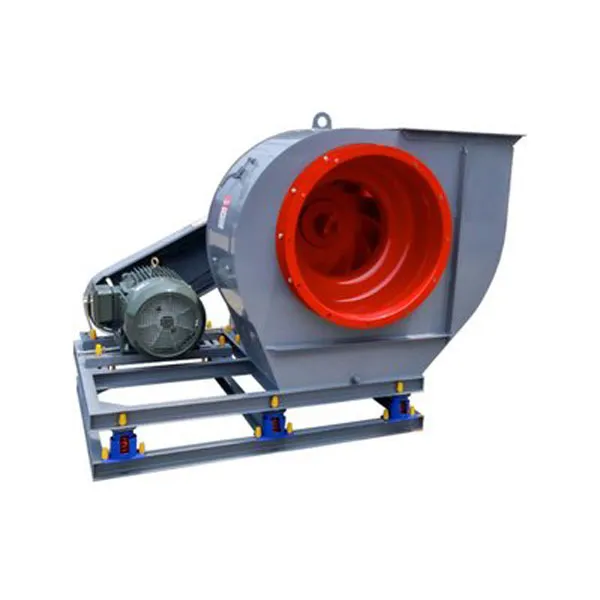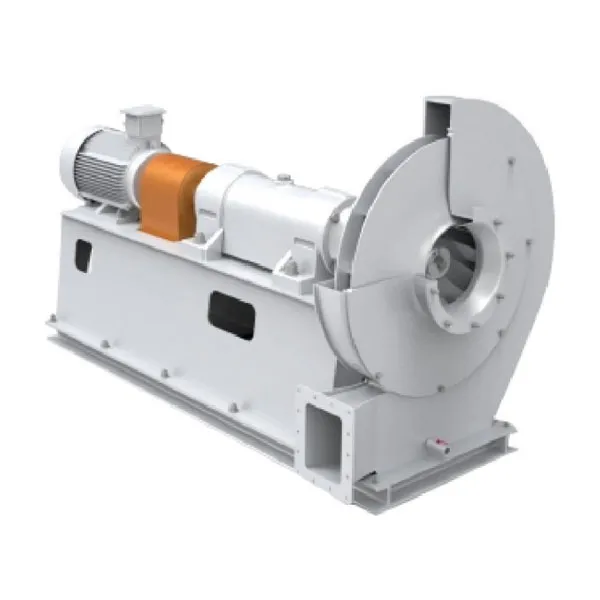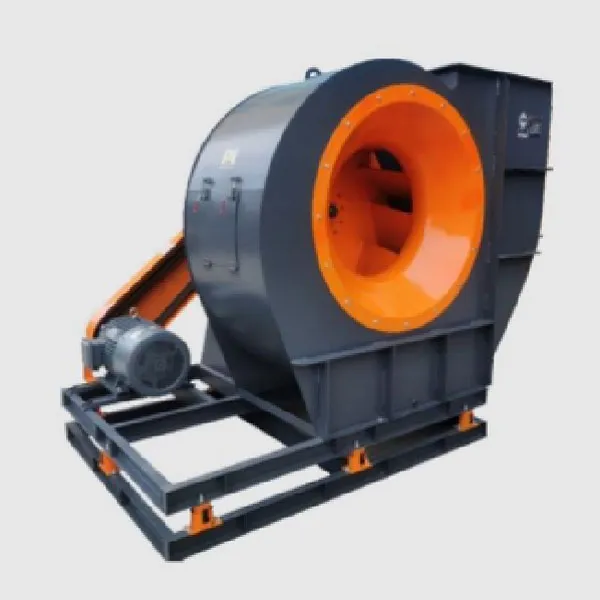*-=-*h1#-=-#The Intricacies of Wind Turbine Rotors*-=-*/h1#-=-#*-=-*p#-=-#The *-=-*strong#-=-#wind turbine rotor*-=-*/strong#-=-# is a crucial element in harnessing wind energy, responsible for capturing kinetic energy and converting it into mechanical power. But how do these massive blades work in real-world conditions? Here’s a dive into understanding their functionality, challenges, and the surprising elements that come into play.*-=-*/p#-=-#*-=-*h2#-=-#The Structure and Design*-=-*/h2#-=-#*-=-*p#-=-#At the heart of a wind turbine’s operation is the rotor. It’s not just about size or shape; the material and aerodynamics play a significant role in efficiency. Engineers often spend years perfecting designs to minimize weight while maximizing strength and durability. Intriguingly, even a small change in the blade's curvature can impact performance significantly.*-=-*/p#-=-#*-=-*p#-=-#For instance, during a trip to a wind farm, I witnessed firsthand how a team adjusted the blade pitch remotely to capture optimal wind speeds without overloading the system. It’s a science yes, but also an art. The nuances of *-=-*strong#-=-#wind turbine rotor*-=-*/strong#-=-# design are a testament to this delicate balance.*-=-*/p#-=-#*-=-*p#-=-#Interestingly, companies like Zibo Hongcheng Fan Co., Ltd., with their extensive experience in fans, bring noteworthy insights into rotor design. Their focus on axial flow fans shares principles applicable to wind turbine technology, particularly in maximizing airflow efficiency.*-=-*/p#-=-#*-=-*h2#-=-#Operational Challenges*-=-*/h2#-=-#*-=-*p#-=-#Maintenance is a major consideration. While the blades are robust, wear and tear from continuous exposure to the elements can't be ignored. I remember a case where a seemingly minor blade tip erosion led to a drop in power output, reminding us that even the smallest details can have outsized effects.*-=-*/p#-=-#*-=-*p#-=-#Another prevalent issue is noise. Despite technological advances, the whoosh of the *-=-*strong#-=-#wind turbine rotor*-=-*/strong#-=-# remains a community concern. Noise-reducing blade designs are continually under development, but it’s a challenging balance between aerodynamics and audible impact.*-=-*/p#-=-#*-=-*p#-=-#Unexpectedly, environmental factors like sudden gusts or temperature shifts can lead to rotor imbalance. Such instances require quick interventions from ground teams or automated systems.*-=-*/p#-=-#*-=-*h2#-=-#Balancing Energy and Cost*-=-*/h2#-=-#*-=-*p#-=-#From an economic standpoint, rotors represent a significant chunk of a wind turbine's cost. Optimizing the design to capture every possible bit of wind energy is crucial. Yet, balancing cost with efficiency often means making tough choices. Should one invest in the latest material technology or stick with proven basics?*-=-*/p#-=-#*-=-*p#-=-#In discussions with industry peers, the consensus often points to incremental innovation. Small, steady improvements rather than major leaps. It’s a strategy adopted by many, including companies focused on blower technology, as seen with Zibo Hongcheng Fan Co., Ltd. (https://www.hongchengfan.com), who leverage similar principles in their products.*-=-*/p#-=-#*-=-*p#-=-#Their extensive catalog of flow fans technology informs rotor improvements, offering potential pathways for reducing costs through cross-industry insights.*-=-*/p#-=-#*-=-*h2#-=-#Future Trends*-=-*/h2#-=-#*-=-*p#-=-#As we gaze towards the future, composite materials and smart technologies hold promise for *-=-*strong#-=-#wind turbine rotor*-=-*/strong#-=-# advancements. There’s a growing interest in self-healing materials that can extend blade life with minimal maintenance.*-=-*/p#-=-#*-=-*p#-=-#The integration of AI for predictive maintenance also stands out. An algorithm that preempts wear or adjusts blade pitch in real-time could revolutionize wind turbine efficiency. It’s a step that aligns well with ongoing digital transformations across industries, including those in fan manufacturing.*-=-*/p#-=-#*-=-*p#-=-#As these technologies evolve, keeping an eye on how traditional fan manufacturers adapt could provide valuable insights into the future of wind energy conversion.*-=-*/p#-=-#*-=-*h2#-=-#Concluding Thoughts*-=-*/h2#-=-#*-=-*p#-=-#Working in the world of wind energy is ever-evolving, with the *-=-*strong#-=-#wind turbine rotor*-=-*/strong#-=-# at its core. Drawing parallels from traditional fan technologies, exploring innovative materials, and understanding operational hurdles allows us to drive forward. Each observation and adjustment, whether from fieldwork or cross-industry learning, shapes what comes next in this dynamic field.*-=-*/p#-=-#*-=-*p#-=-#Beyond just apparatus, it’s about leveraging every breeze towards a sustainable future. And in that journey, expertise from adjacent domains, like those available through Zibo Hongcheng Fan Co., Ltd., continues to be invaluable.*-=-*/p#-=-#*-=-*br/#-=-#









